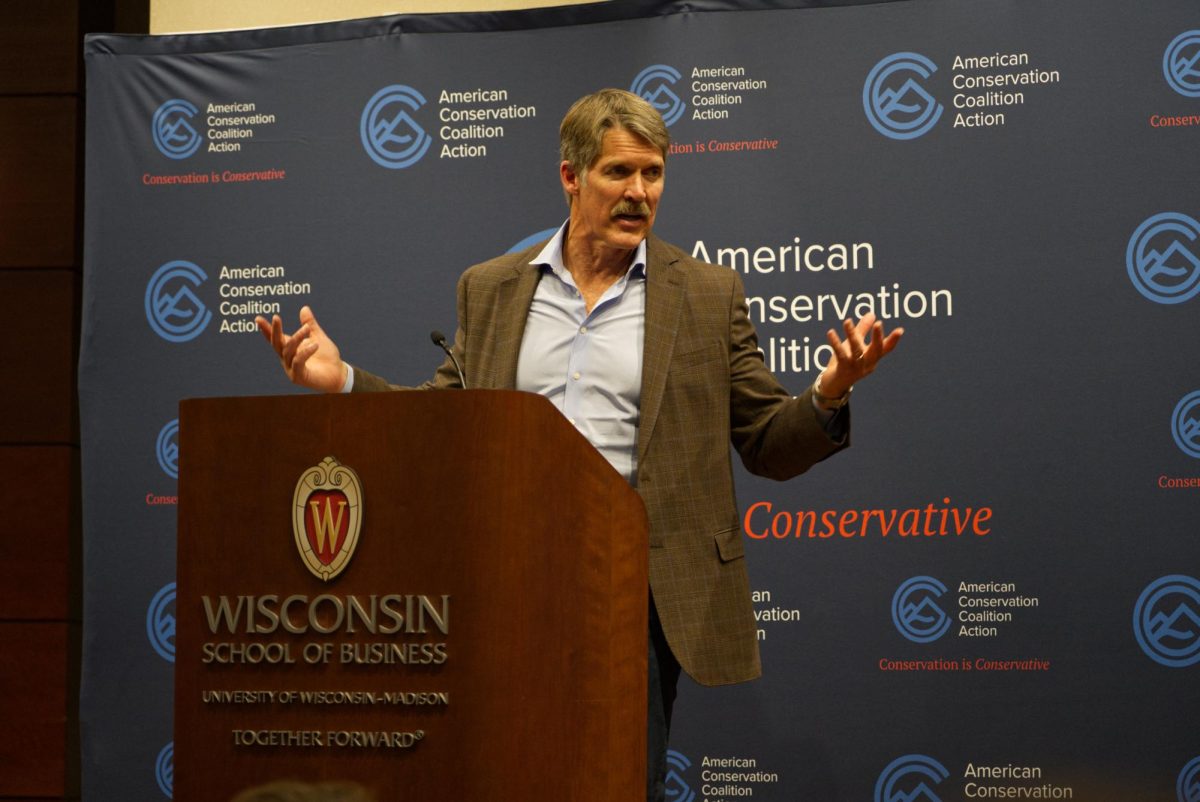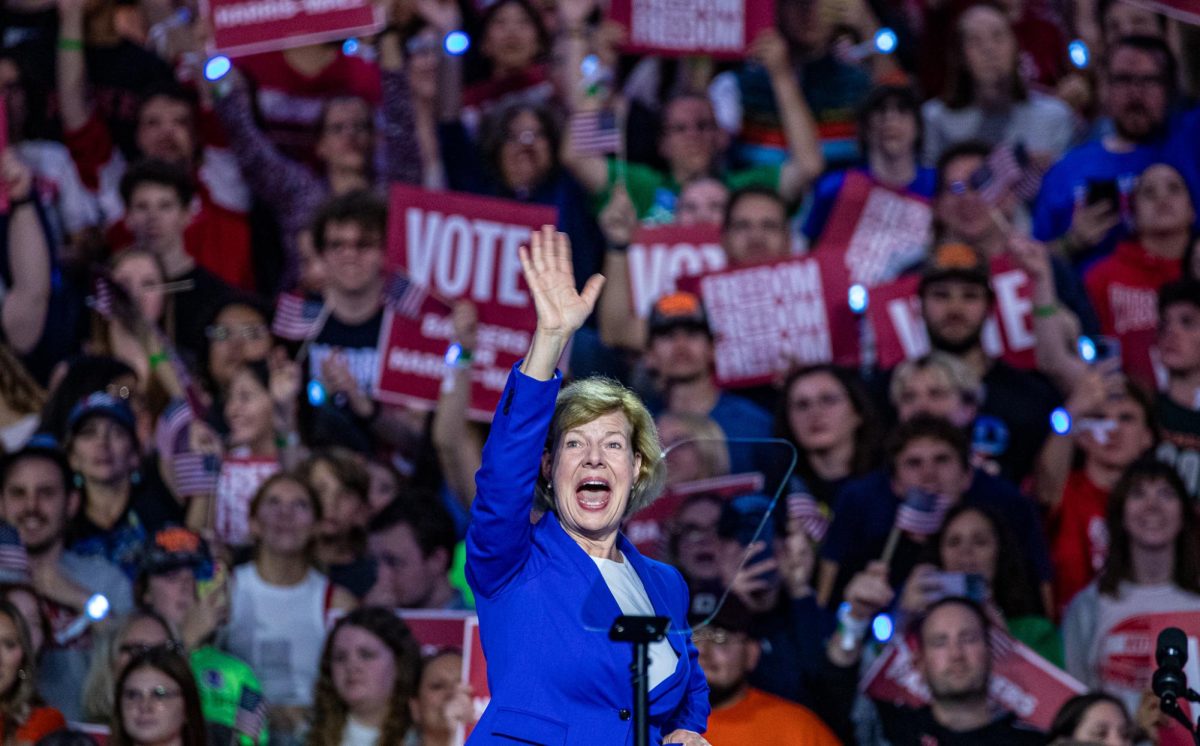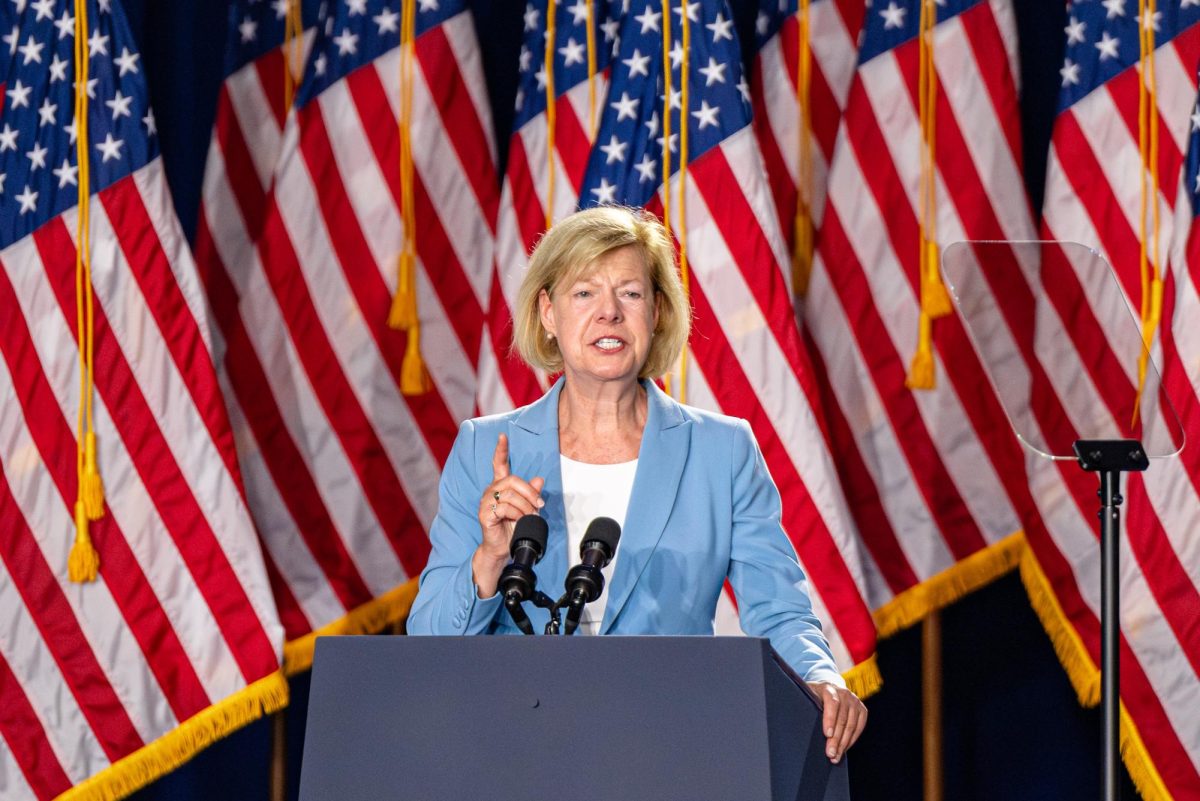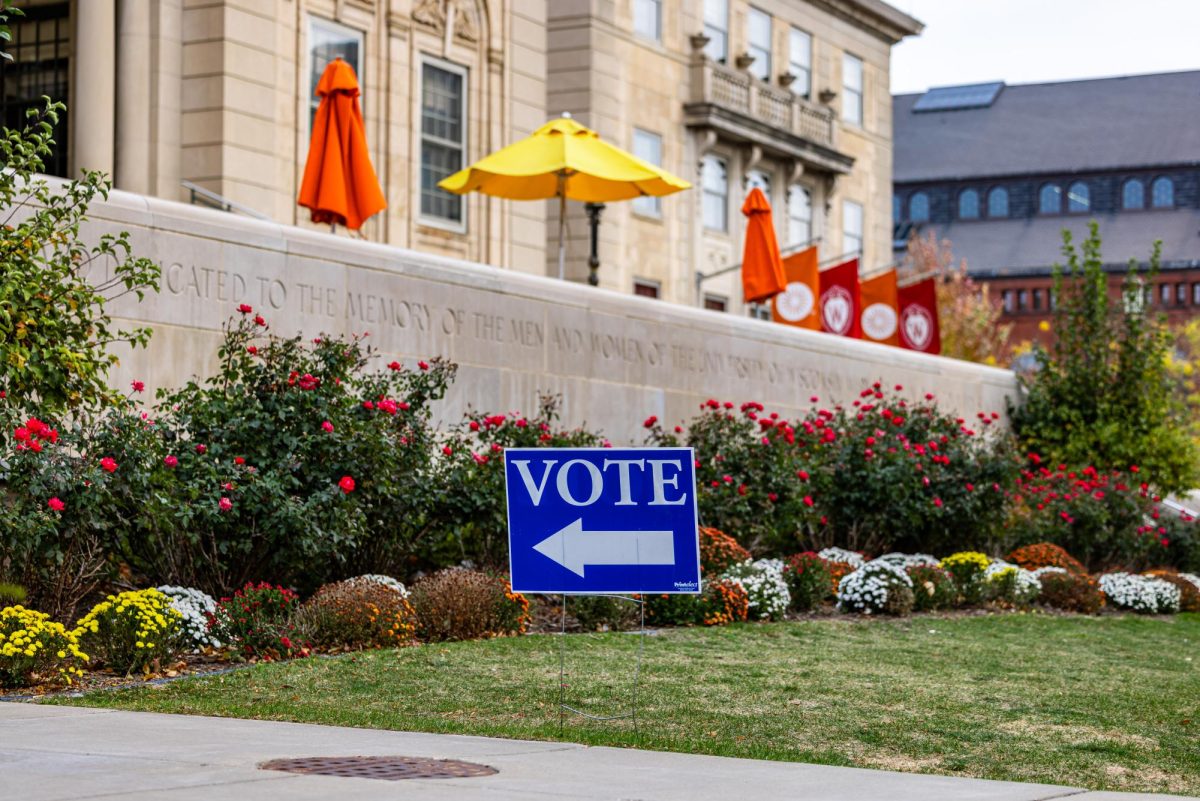A recent report showed President Barack Obama’s campaign is currently leading in advertising spending, especially in battleground states.
The Wesleyan Media Project released a report last week that showed Obama “dominat[ing]” advertisements in the election’s crucial states.
“The heavy advertising from the Obama campaign has challenged the assumption Romney-friendly outside groups would saturate and dominate the airwaves in key markets,” Co-Director Erika Franklin Fowler said in the report.
Since April, Obama’s campaign has spent about $164 million, while former Gov. Mitt Romney, R-Mass., has spent approximately $57 million, the report said. From the time the national conventions ended in Sept. 9 until Sept. 30, Obama had a larger advantage in advertising in 14 of the 15 top markets.
The report also showed both campaigns have become more negative in their advertising. Obama’s campaign ads consist of 63.8 percent attacks, 33.7 percent contrast and 2.5 percent promotion of the candidate. These numbers for Romney were 61.3 percent, 23.3 percent and 15.4 percent, respectively.
Presidential campaign spending this election cycle has surpassed any other election in history, according to Common Cause in Wisconsin Executive Director Jay Heck.
The 2010 Supreme Court Citizens United ruling, which allowed unlimited campaign spending through super PACs, is a large reason for the dramatic increase in spending. Obama’s 2008 turning down of public financing for his campaign contributed to that as well.
“Obama was the first presidential candidate in 30 years to not abide by spending limits in 2008 when he ran, and that, combined with the Citizens United decision, blew the top off of spending limits in election campaigns,” Heck said.
In an email to The Badger Herald, UW life sciences communication professor Dietram Scheufele said campaigns are going outside traditional media in order to reach voters who were previously difficult to connect with.
“This includes Obama targeting young voters in video games, but also fairly elaborate strategies for tailoring political messages to potential voters in various online arenas, including social media,” Scheufele said.
Scheufele said he agreed there is more advertising spending occurring during this campaign.
This increase in campaign spending, he added, will only cease when Congress passes reforms in campaign financing.
“I think campaign spending will not slow down any time soon, unless Congress manages to pass comprehensive campaign finance reform,” Scheufele said. “Unfortunately, I don’t see that happening any time soon.”
In Wisconsin’s Senate race, the report said Rep. Tammy Baldwin, D-Wis., is spending more in ads than her Republican opponent. She is spending about $1.98 million, while former Gov. Tommy Thompson is spending $1.65 million in ads.
Scheufele said advertising, polls and funds are all tied together so the recent polling that has found Baldwin in the lead might be leading to more funds, which in turn lead to more ads.
“Fundraising, poll numbers and media coverage are all linked reciprocally,” he said. “In other words, the better a candidate does in the polls, the more money she raises. And the more money she raises, the more media coverage she’ll get and the better she’ll do in the polls.”
Heck said campaign advertising has become the most expensive Senate race in Wisconsin history, adding he expects this record to be broken again.













